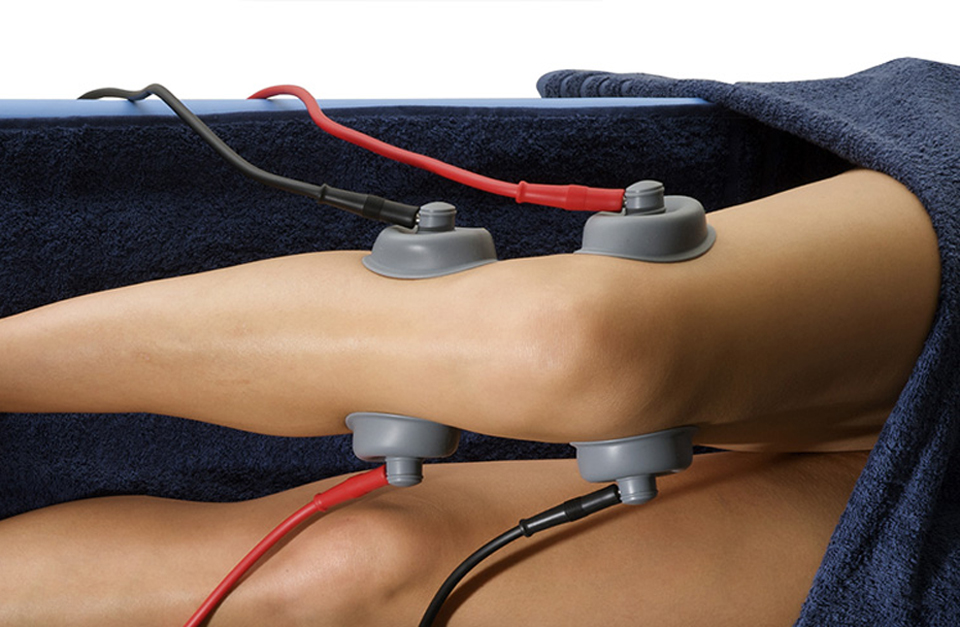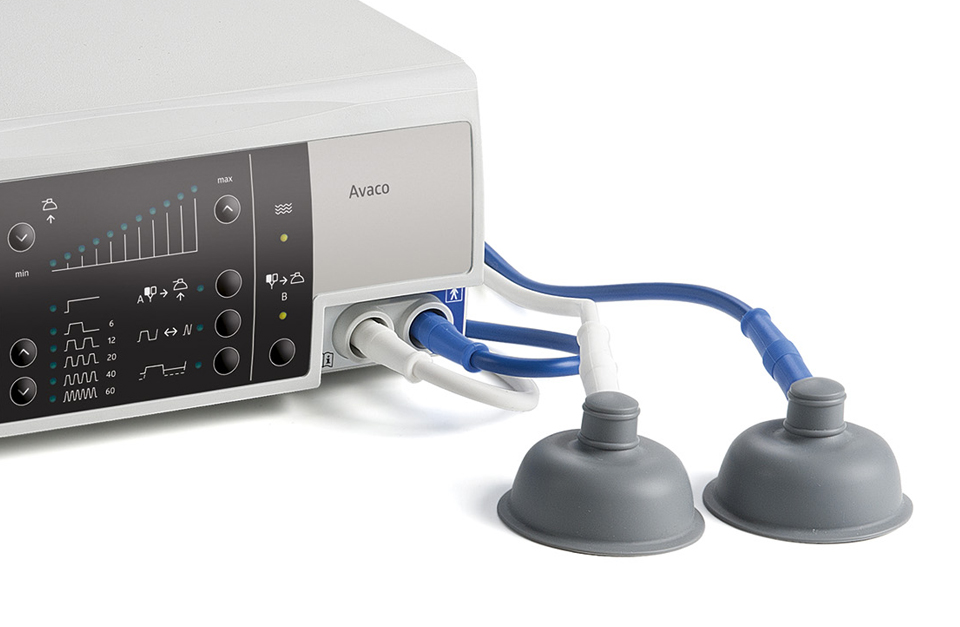What is vacuum therapy?
Vacuum therapy is a method that uses negative pressure (vacuum) generated inside the device. It’s delivered to the patient thanks to the suction cup, which have been integrated with electrodes. Thanks to the design of the suction cups, vacuum therapy can be easily combined with electrotherapy. In a short period of time, a set of electrodes can be attached to the patient’s body for both single-channel and dual-channel electrotherapy treatments.
Vacuum itself is a source of beneficial effects on the human body. At the site of application, tissue blood supply is improved. This is because the blood vessels widen and their permeability increases. Improved circulation results in the supply of more nutrients and oxygen. Metabolic products are more easily and faster discharged.
How does vacuum therapy help patients?
The vacuum therapy unit is an excellent solution in cases where attaching electrotherapy electrodes with velcro straps is difficult. A good example is a treatment for the spine where the patient is lying on a couch. In this case, the velcro belts have to be placed underneath the patient.
The use of the vacuum therapy device is not limited to the back area. It can be used in all areas where it is possible to attach vacuum suction cups to the body.
Combining vacuum therapy with electrotherapy is particularly suitable for bipolar currents due to the effectiveness of this combination.
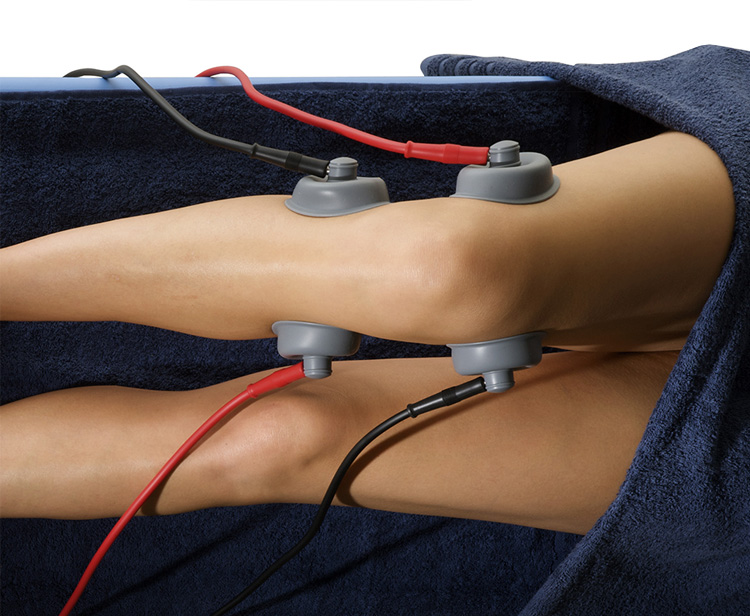
Indications and contraindications for the use of vacuum therapy
As mentioned earlier, vacuum therapy in addition to the function of facilitating electrotherapy treatments has in itself a number of beneficial effects on tissue.
- Vacuum increases the blood flow at the application area. The vacuum created in the chamber between the suction cup and the skin is transferred to the subcutaneous tissues, widens blood vessels and increases their permeability. Therefore, the metabolism is accelerated and body self-regulation mechanisms are activated.
- Improvement of blood circulation results in providing more nutrients and oxygen, thus increase the combustion rate and cell activity. Increased activity of intracellular processes allows transporting hazardous products of metabolism and fat particles.
- Increased blood flow stimulates the cells that produce collagen and elastin, which accelerates wound healing and improves the firmness of the skin and subcutaneous tissues.
- The imbalance of pressure is able to stimulate the interstitial fluid flow to blood and increase the lymph flow. Stimulation of the lymphatic-venous circulation results in better purification, supports fluid drainage after surgery.

By summarising the beneficial effects of vacuum therapy, a wide spectrum of indications for its use can be identified. Among the most important are:
- improving of peripheral blood circulation,
- treatment of venostasis and lymphostasis caused by various etiologies,
- improving of tissues elasticity and vascularity,
- reduction of increased muscle tension and contractions,
- reduction of acute and chronic low back pain,
- reduction of chronic and non-specific neck pain,
- reduction of muscle pain of rheumatoid origin e.g. fibromyalgia
- reduction of sub-acute and chronic periarticular inflammation conditions,
- reduction of sub-acute and chronic peripheral nerve entrapment and inflammation conditions,
- reduction of sub-acute and chronic joint inflammation conditions,
- cars and wound healing,
- reduction of gynoid lipodystrophy symptoms.
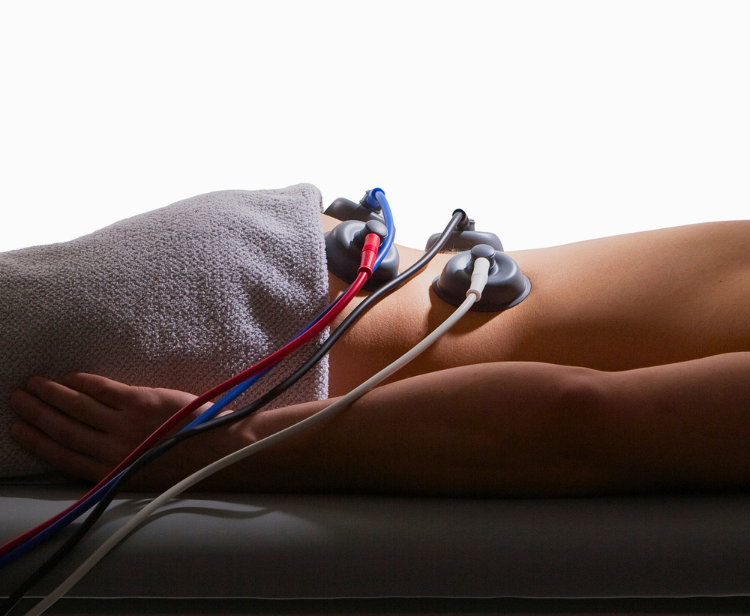
When using a vacuum therapy device, contraindications should also be taken into account.
Absolute contraindications include:
- cancer, active tumor in the treatment area
- organ failure (heart, renal, hepatic)
- cardiac pacemaker (if the treatment is performed on the thoracic spine segment)
- bleeding disorders like hemophilia
- diseases with the possibility of hemorrhages
- acute infections and inflammatory processes, feverish diseases
- active cellulitis/erysipelas/abscess
- undiagnosed/suspicious lump
- ulcer, abscess
- arterial hypertension
- dilation of veins or diseases where cracking blood vessels occur
- superficial thrombophlebitis
- deep vein thrombosis
- cauda equina
- diabetes, where was detected peripheral neuropathy
- stroke — unstable or evolving
- suspected osteomyelitis or septic arthritis
- life threatening asthma
- chemotherapy
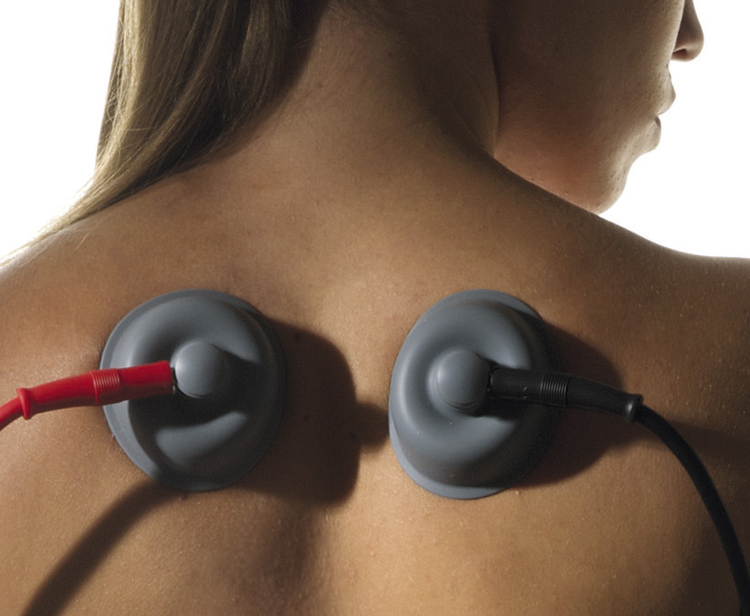
This website uses technical and functional cookies or internet analytical cookies, with your consent marketing cookies. You can read more about this in the Cookies Policy and the Information Clause. By accessing the website, you agree to them according to your browser settings. You can change them at any time, and if you do not do so, browsing the website will use these files.
